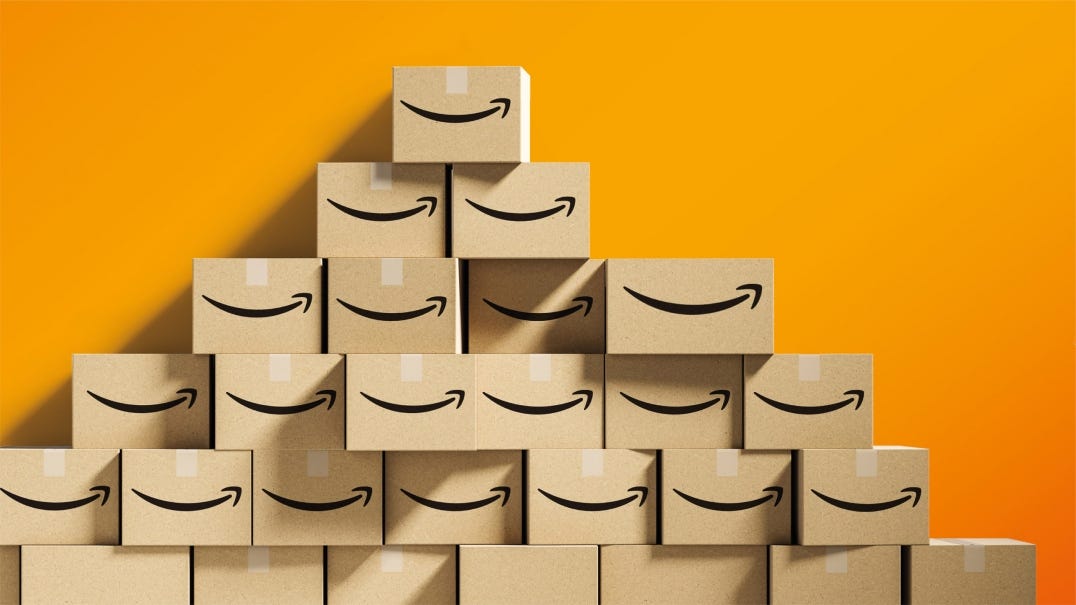Today, Amazon is one of the most powerful companies in the world. It has revolutionised online shopping, by making every conceivable consumable available through its online marketplace and mastering a seamless and consistently reliable shopping experience for its customers. Amazon’s latest financial reports states that it made $75.5 million dollars in sales revenue in the first quarter of 2020. Every day, Amazon ships approximately 1.6 million packages world wide. Like its namesake, the Amazon River, it became the retail store that dwarfed other retail stores.
In this article, I explore the key components of Amazon’s business model that led to them becoming a trillion dollar company, as well as some of the criticism that has been levelled against it.
Humble beginnings
Amazon was started in Jeff Bezos’ garage in 1994, in Washington, Seattle. Back in the 1990s, retailers only had to pay sales taxes for purchases made in the state it operated in. Bezos thought that having Amazon operate out of a heavily-populated state like California or New York would significantly increase its tax liability, so he settled for sleepy Seattle.
The name “Amazon” was chosen for a number of reasons:
- it started with an A, so it would always be first in any alphabetized list,
- it sounded different and ‘exotic’ to Jeff,
- and the fact that Amazon River was so big, it dwarfed other rivers.
Bezos planned to build something that would one day become the biggest online retailer in the world, dwarfing and ultimately swallowing other retailers. It was going to be “The Everything Store” — a market place not confined by a physical structure or even physical limitations on how much it can stock or process. To achieve this goal, Bezos realized that Amazon would have to start small, and so it started by selling books online.
#technology #startup #amazon #entrepreneurship #business
